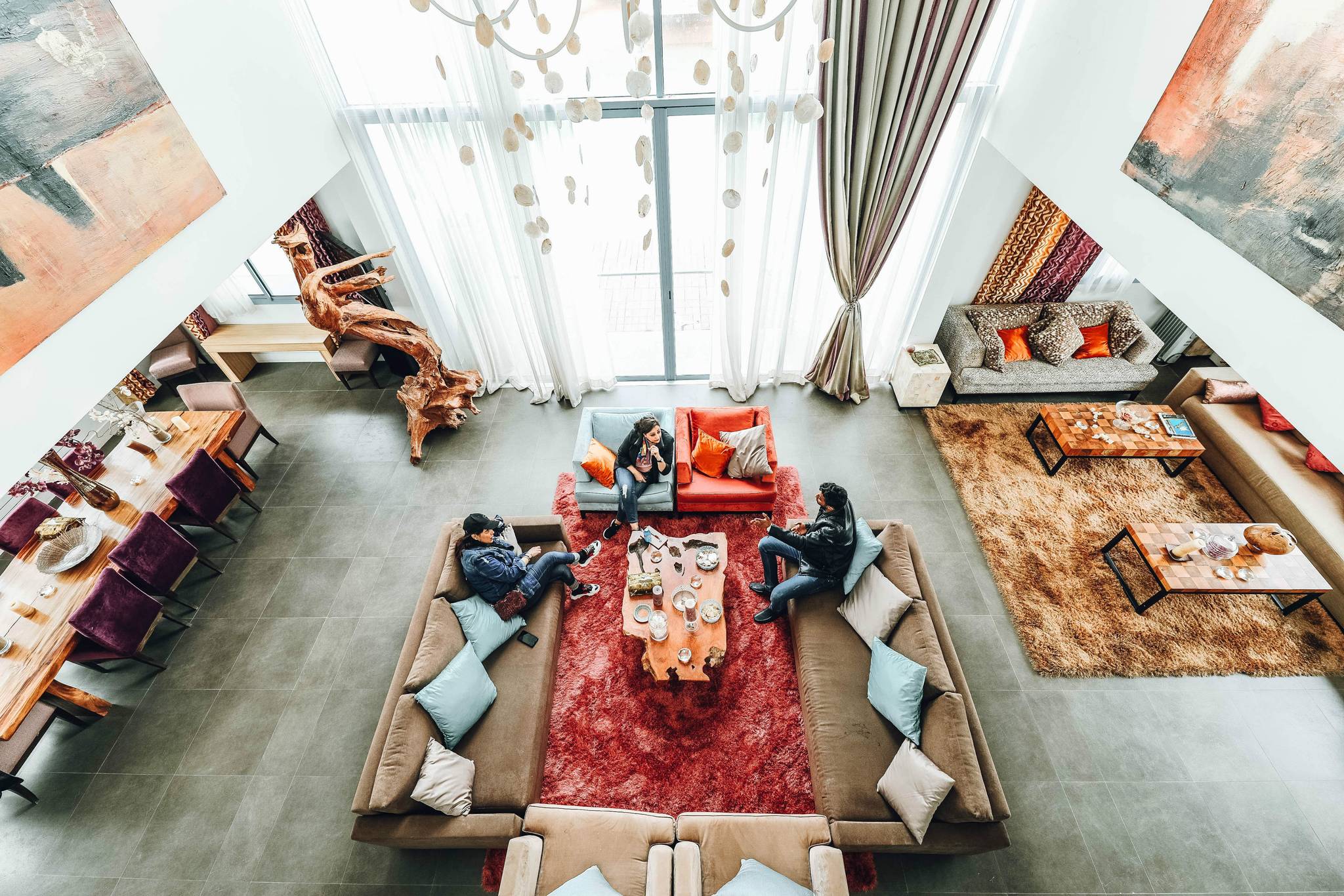
The pandemic has brought about the return of an oft-overlooked element of home design: the foyer. Once considered a waste of space, these entryways have made a return as people increasingly value areas that serve as an ‘airlock’ between the outside world and the home. We explore the insights behind this, and how the pandemic is changing home design.
Prior to the pandemic, maximising space was the name of the game in home design. Kitchens and lounges became multipurpose living areas, and unnecessary nooks and crannies were eliminated in favour of open-plan arrangements. “Developers tell architects to use every square inch as efficiently as possible, to pack in as much as possible, and in so doing the architect minimizes or deletes the foyer," says Whitney Kraus, director of architecture and planning for Brown Harris Stevens Development Marketing.
But the pandemic has brought about a reversal in this shift. As the outside world becomes a hotspot of contagion, people are seeking spaces to dump masks, coats, and baggage before entering the home. “Because of everybody’s experience in the last year, we feel strongly that having a transition zone where you can take off your shoes and drop your packages is very important to buyers,” confirms Kraus.
The returning appeal of the foyer is just one of the ways in which COVID-19 is having a profound impact on home design. From working and learning to exercise and socialising, the home has taken on multiple new functions during the pandemic, and as a result, people are being drawn to layouts that generate a sense of separation between these competing new uses. Indeed, 23% of Britons think that a better-designed home will directly increase their happiness, and with remote working looking set to stay, brands have an opportunity to help people adapt their homes to suit the needs of post-pandemic life. Paint brand Clare, for example, is helping ‘pandecorators’ find the perfect hues for their home.
Lottie Hanwell is a behavioural analyst at Canvas8. She has a degree in English Literature and Spanish, and spends a lot of time thinking, researching and writing about developments in society and culture. On her weekends, she likes to run, read and make a mess in the kitchen.



